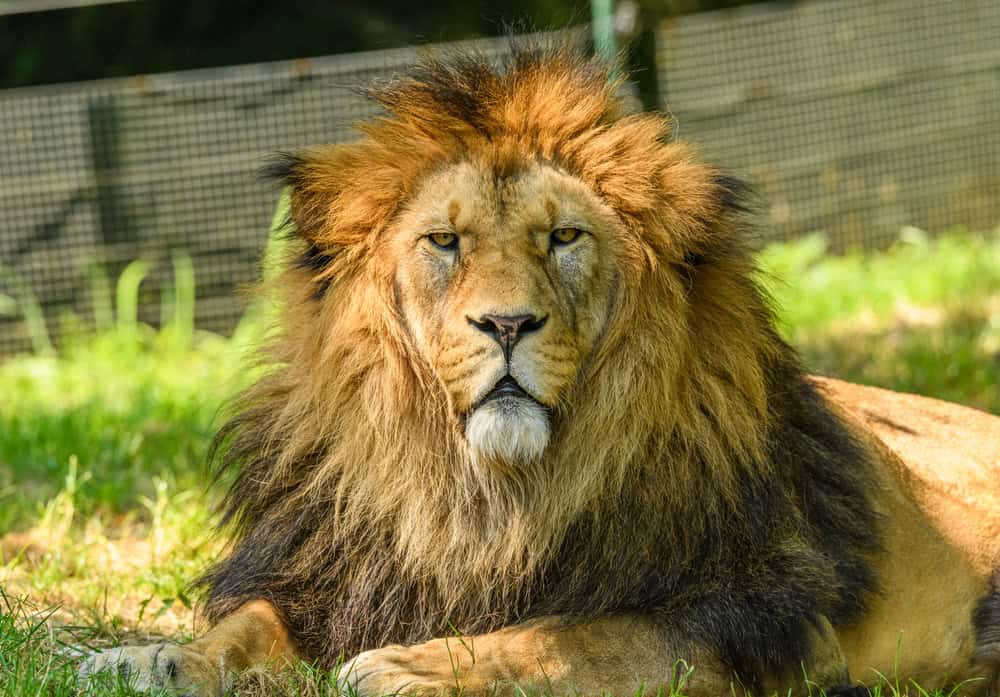Amphibians are a diverse and fascinating group of animals, but many of their species are facing severe threats due to habitat loss, pollution, climate change, and disease. The following list highlights 20 of the rarest amphibians on the brink of extinction. Each species has unique characteristics and plays a crucial role in its ecosystem, but without urgent conservation efforts, we risk losing them forever. This article provides detailed descriptions of these endangered amphibians, emphasizing the importance of preserving their habitats and ensuring their survival.
Axolotl (Ambystoma mexicanum)
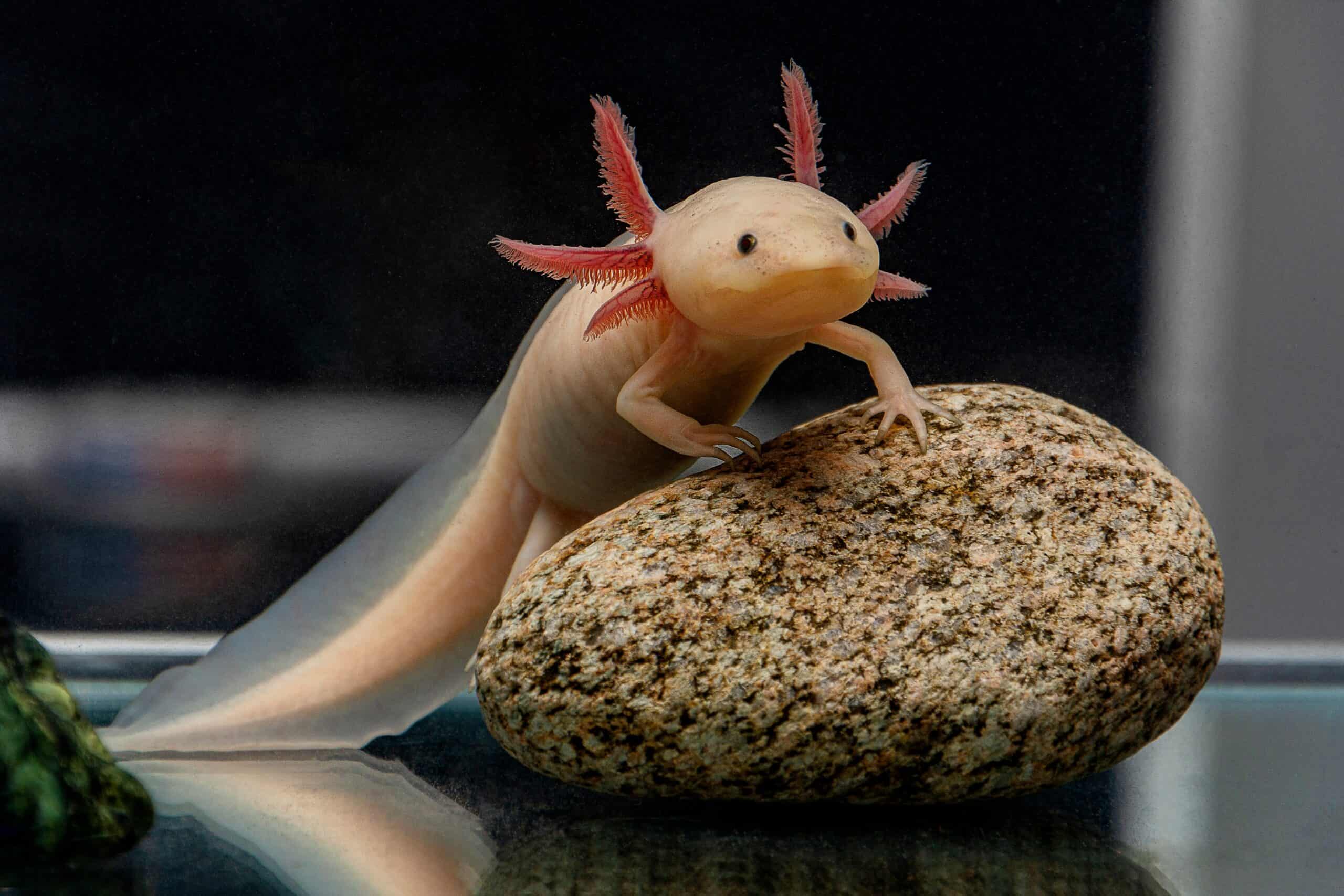
Native to the remnants of Lake Xochimilco and Lake Chalco near Mexico City, the Axolotl is known for its remarkable regenerative abilities, which allow it to regrow entire limbs and even parts of its heart and brain. Its distinctive appearance includes external gills and a wide, toothless grin. This carnivorous amphibian feeds on worms, insects, and small fish. Unfortunately, urban sprawl, water pollution, and invasive species have drastically reduced its habitat, leaving the Axolotl critically endangered.
Chinese Giant Salamander (Andrias davidianus)
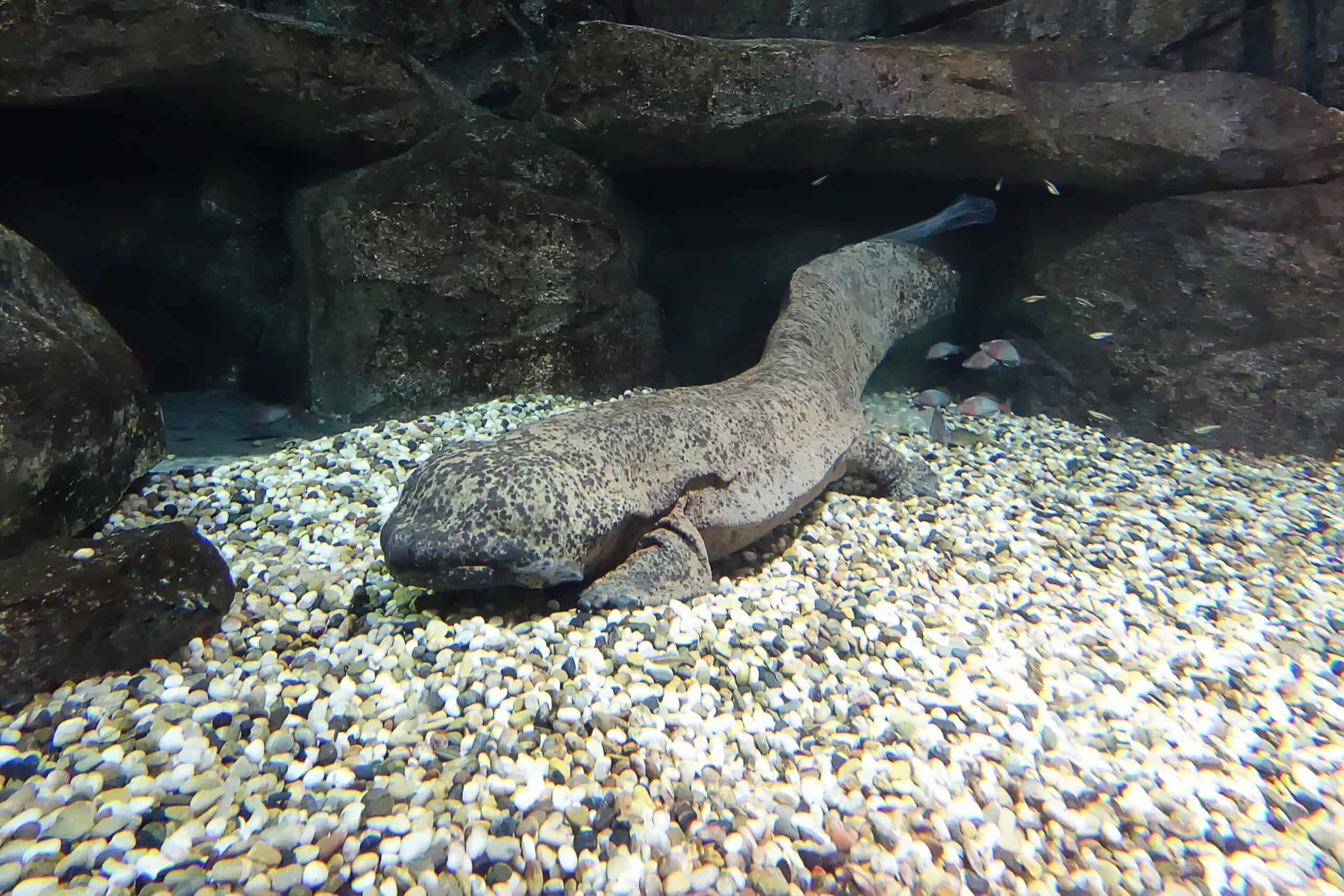
The Chinese Giant Salamander, the largest amphibian in the world, can grow up to 1.8 meters in length. It prefers clear, cool streams and rivers in mountainous regions of China. With dark, warty skin and a flattened head resembling a large rock in the water, this salamander feeds on fish, crustaceans, and other small aquatic animals. Overexploitation for traditional medicine and habitat destruction have led to a population decline of over 80% in the last 30 years, rendering it critically endangered. Remarkably, this species can produce vocalizations, earning it the nickname “baby fish” due to its crying sounds.
Golden Mantella (Mantella aurantiaca)
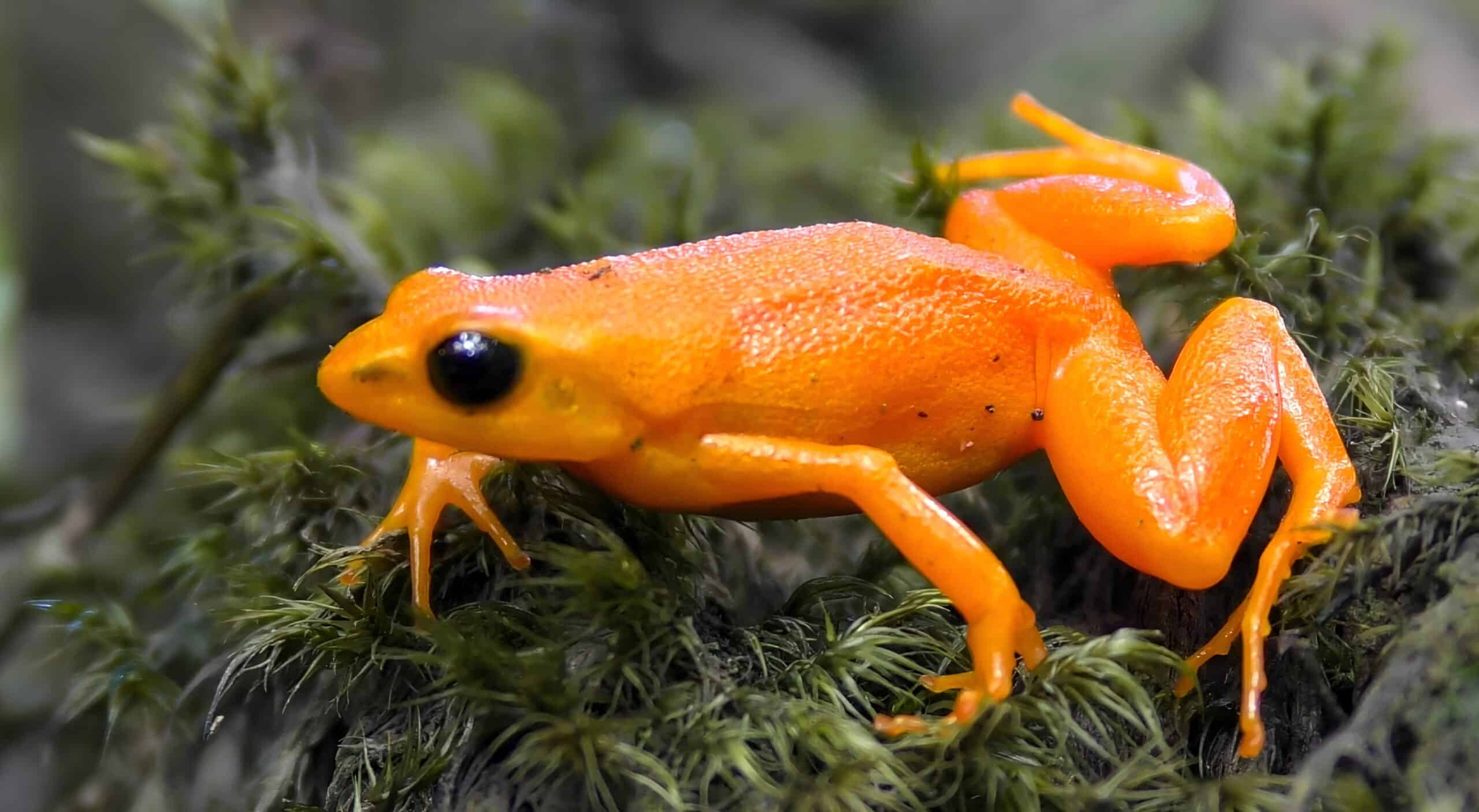
Native to Madagascar, the Golden Mantella is famous for its vibrant, bright orange color, which serves as a warning to predators about its toxicity. This small, diurnal frog inhabits isolated patches of rainforest, feeding on small invertebrates like ants and mites. Its skin secretes toxins that deter predators, contributing to its survival in the wild. Rapid deforestation due to agricultural expansion has drastically reduced its habitat, making it critically endangered.
Hellbender (Cryptobranchus alleganiensis)
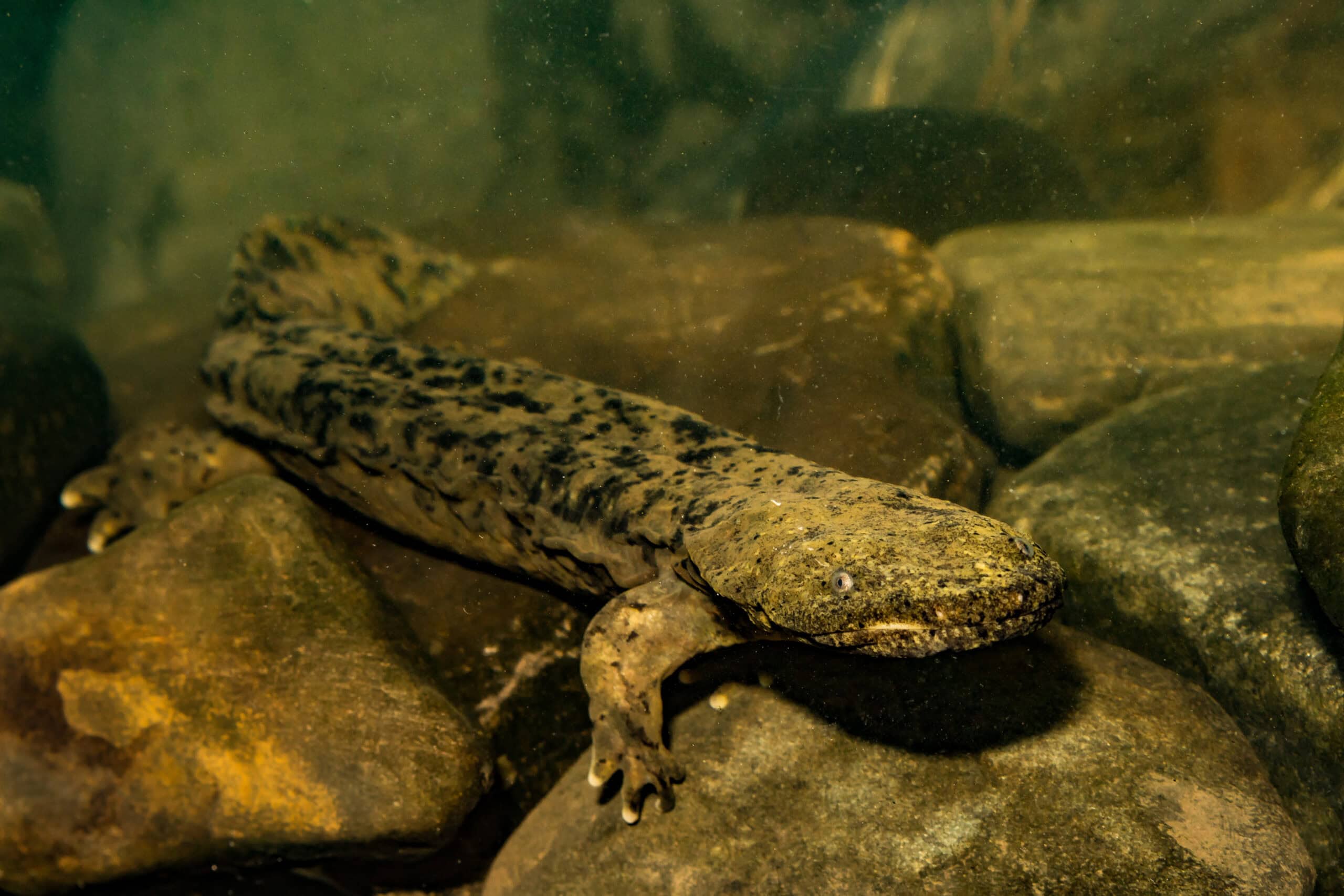
The Hellbender, also known as the “snot otter,” inhabits streams and rivers in the eastern United States. This large, aquatic salamander requires clean, oxygen-rich water and has a distinctive appearance with a flat body and loose, wrinkled skin that aids in respiration. Predominantly feeding on crayfish, small fish, and insects, it is now listed as near threatened due to water pollution, habitat degradation, and disease. Its ability to absorb oxygen through its skin allows it to stay submerged for extended periods.
Harlequin Frog (Atelopus varius)
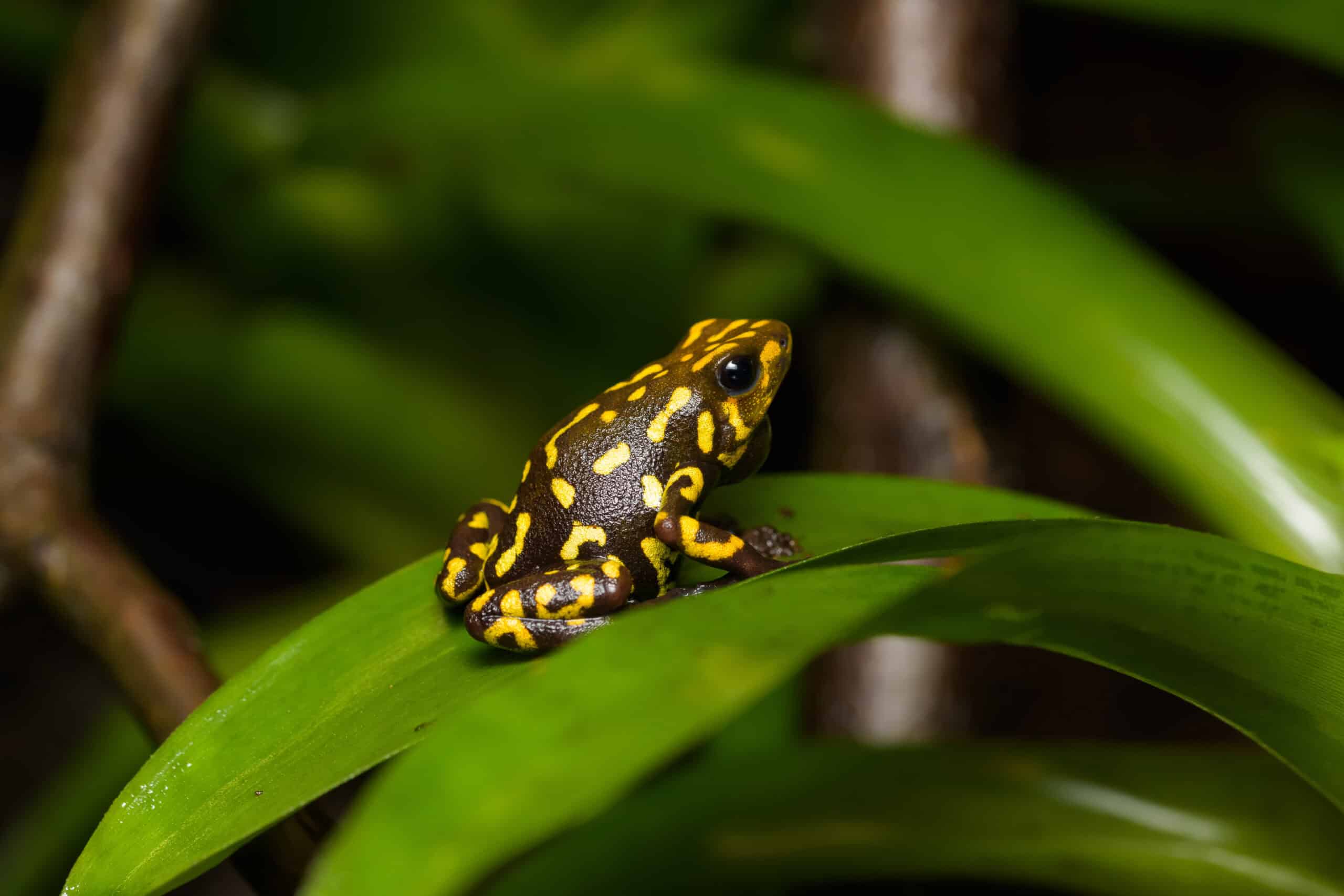
The Harlequin Frog, with its striking patterns of black and bright yellow or green, is native to Central and South America. Once common, its population has plummeted due to the chytrid fungus, habitat loss, and climate change. Found in montane and lowland forests near streams, it primarily feeds on ants and other small invertebrates. Many species within this genus are critically endangered, and some can secrete potent toxins from their skin.
Kihansi Spray Toad (Nectophrynoides asperginis)
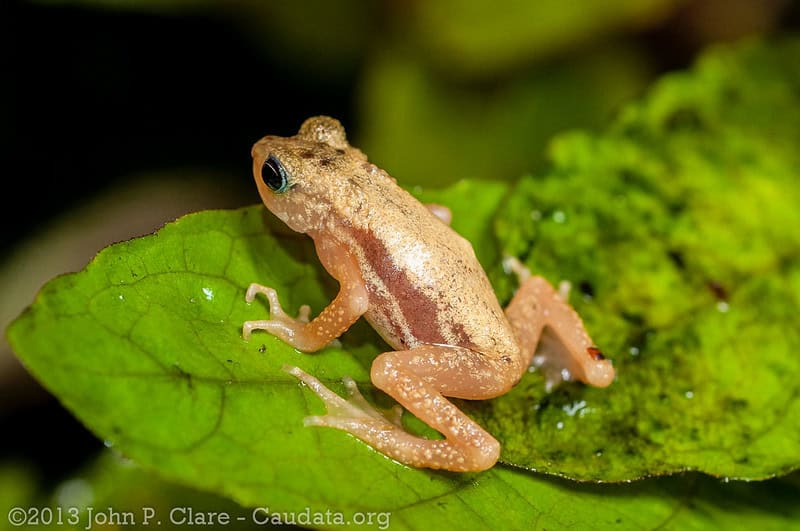
Discovered in Tanzania’s Kihansi Gorge, the Kihansi Spray Toad relies on the misty spray from waterfalls for survival. This small, yellow toad has smooth skin and webbed feet, feeding on small invertebrates. The construction of a dam nearly drove it to extinction, but a successful captive breeding program has helped reintroduce it into the wild. Despite these efforts, it remains critically endangered. Uniquely, it gives birth to live young, bypassing the tadpole stage.
Darwin’s Frog (Rhinoderma darwinii)
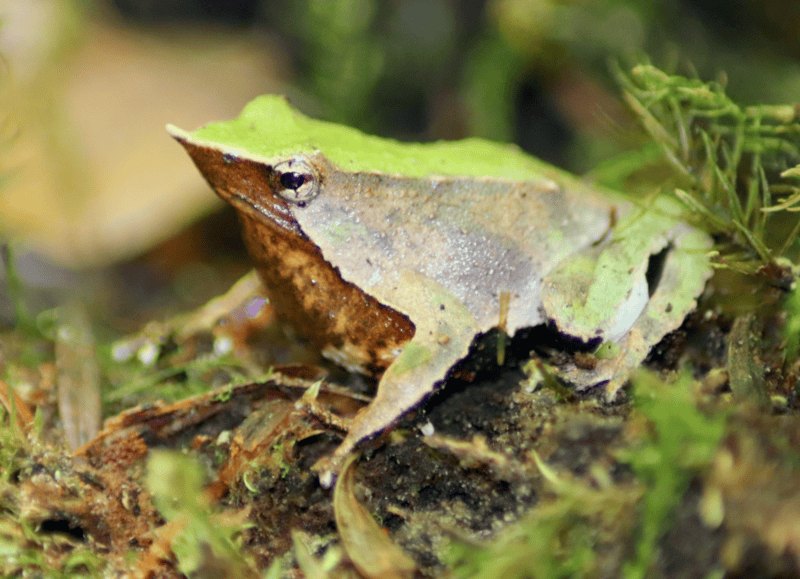
Named after Charles Darwin, this small frog is found in the temperate forests of Chile and Argentina. Known for its unique reproductive strategy, where males carry the developing young in their vocal sacs, Darwin’s Frog has a pointed snout and brown or green coloring for camouflage. It primarily feeds on insects and other small invertebrates. Habitat loss and chytrid fungus have severely impacted its population, rendering it vulnerable.
Goliath Frog (Conraua goliath)

As the largest frog in the world, the Goliath Frog is native to the fast-flowing rivers and waterfalls of Cameroon and Equatorial Guinea. It can grow up to 32 centimeters in length and weigh over 3 kilograms. With a greenish-brown coloration and large, muscular limbs, it feeds on insects, crustaceans, fish, and other amphibians. Overharvesting for the pet trade and habitat destruction have led to its endangered status. Its powerful legs can propel it several meters in a single leap.
Archey’s Frog (Leiopelma archeyi)
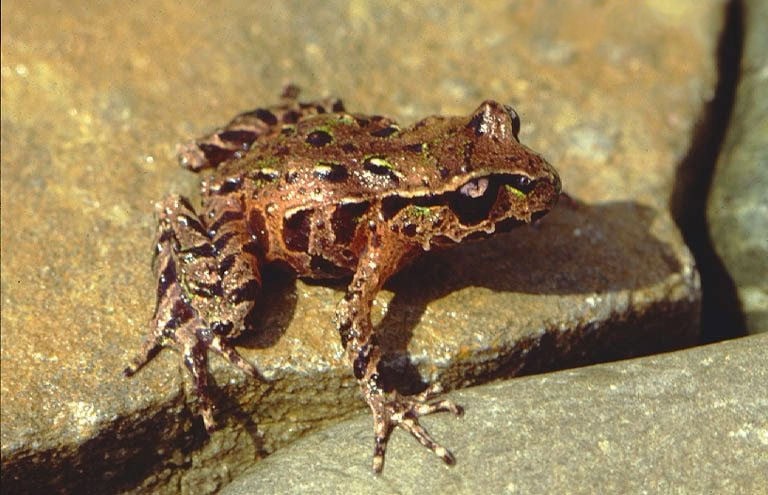
Endemic to New Zealand, Archey’s Frog is one of the world’s most primitive frogs, resembling fossils from over 200 million years ago. It inhabits moist, forested areas and has a small, brown-green body. Feeding on small invertebrates, it is critically endangered due to habitat destruction and introduced predators. Conservationists are working hard to protect its remaining habitats and prevent its extinction.
Olm (Proteus anguinus)
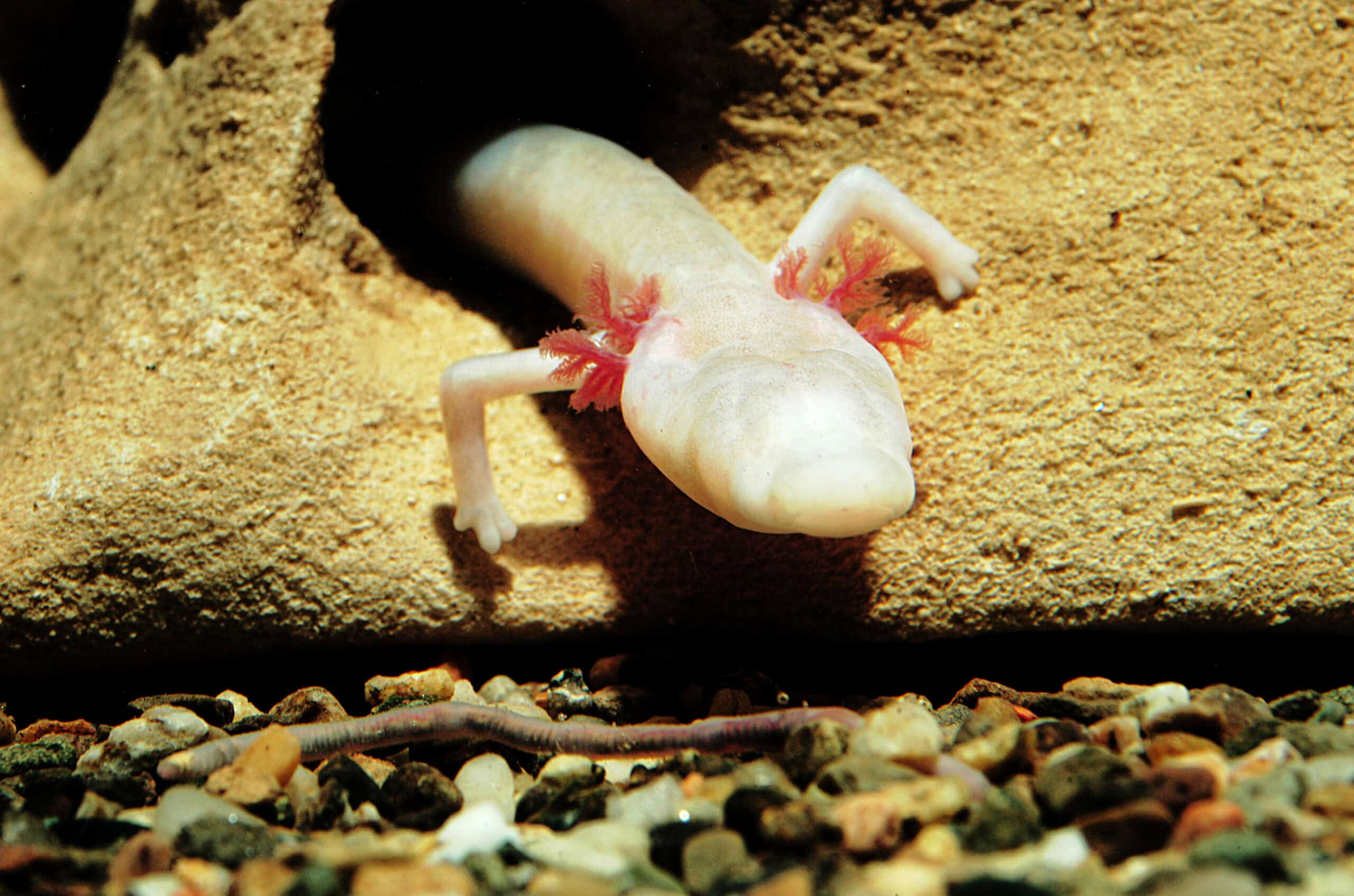
The Olm, also known as the “human fish,” inhabits the underwater caves of the Dinaric Alps in Europe, particularly in Slovenia and Croatia. This blind, pale salamander has an elongated body and can live up to 100 years. It feeds on small aquatic invertebrates and is vulnerable due to pollution and habitat disturbance. The Olm can survive without food for up to 10 years and has remarkable adaptations to its dark, subterranean environment.
Vietnamese Mossy Frog (Theloderma corticale)
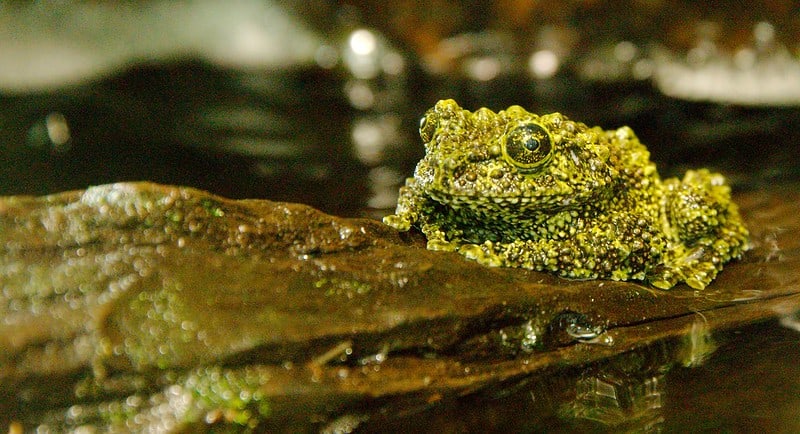
With its bumpy, moss-like appearance, the Vietnamese Mossy Frog is a master of camouflage. It inhabits the moist, rocky outcrops in northern Vietnam, feeding on insects and other small invertebrates. Habitat destruction and collection for the pet trade have made it vulnerable, and it is now considered endangered. Its exceptional camouflage makes it nearly invisible in its natural habitat.
Mountain Chicken Frog (Leptodactylus fallax)
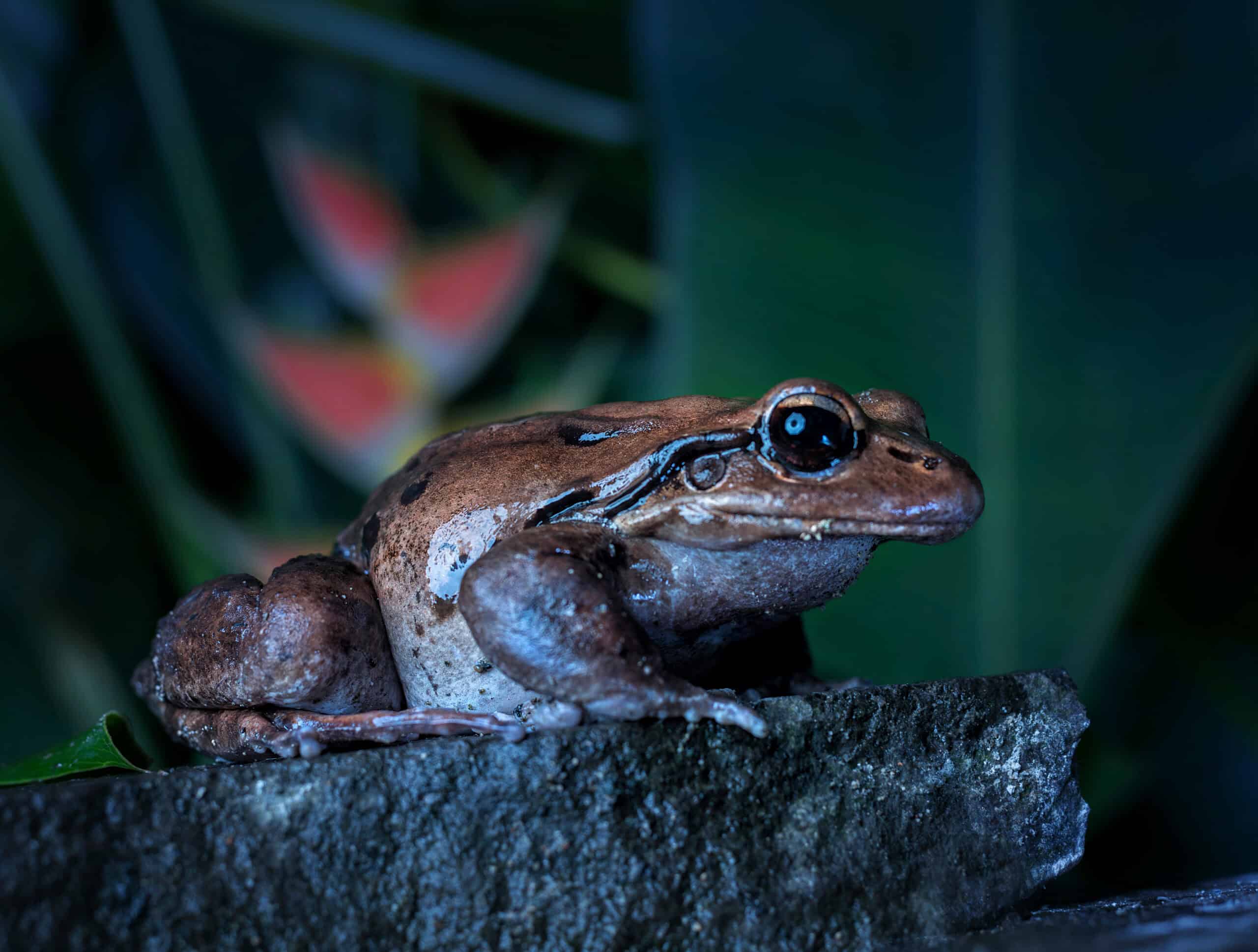
Ironically named, the Mountain Chicken Frog is one of the largest frogs in the Caribbean, native to Dominica and Montserrat. It has been decimated by the chytrid fungus and habitat loss. This large, brownish frog with powerful limbs feeds on insects, small mammals, and other frogs. Conservationists are working to establish captive breeding programs to save this critically endangered species, known for its loud, chicken-like call.
Purple Frog (Nasikabatrachus sahyadrensis)
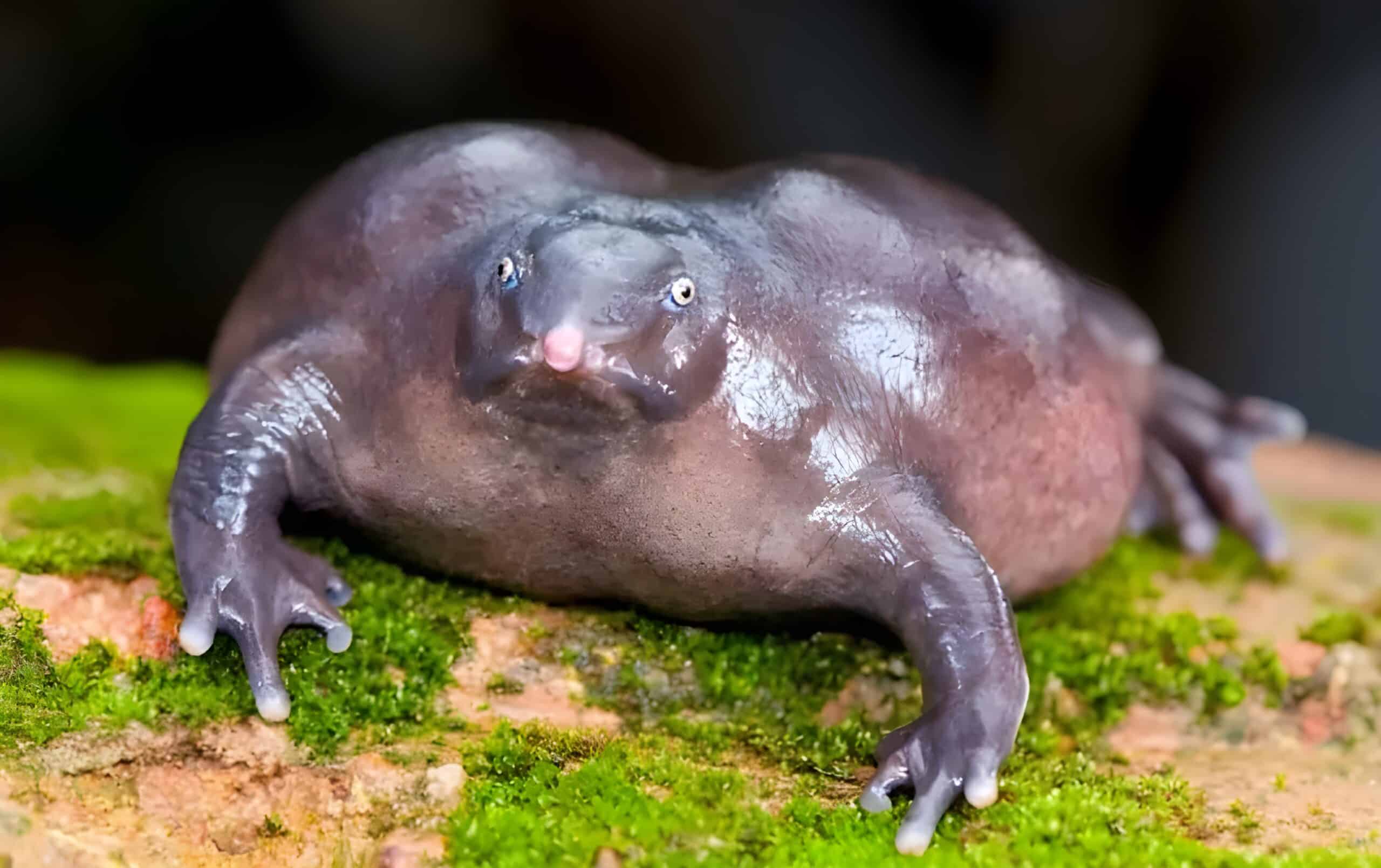
Discovered only in 2003, the Purple Frog is native to the Western Ghats of India. Its peculiar appearance, with a rounded body and pointed snout, makes it unique. Spending most of its life underground, it emerges only to breed during the monsoon season. This insectivorous frog is endangered due to habitat destruction and its limited range.
Splendid Leaf Frog (Cruziohyla calcarifer)
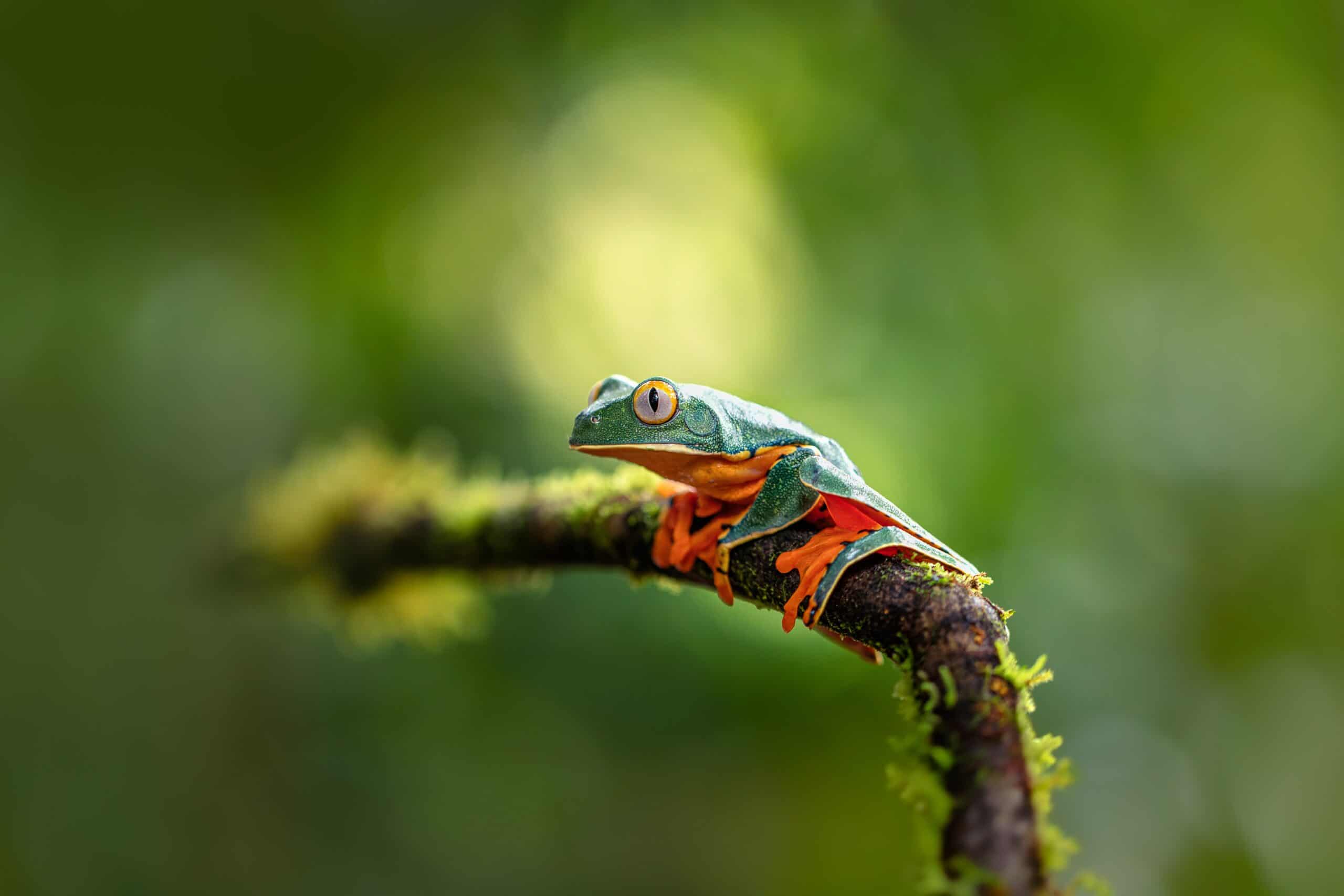
Found in the lowland rainforests of Central America, the Splendid Leaf Frog is known for its vibrant green and blue coloration. Feeding on insects and other small invertebrates, it faces threats from deforestation and habitat fragmentation, rendering it near threatened. This visually stunning species is known for its vibrant colors and long legs, which help it glide from tree to tree.
Black-eyed Tree Frog (Agalychnis moreletii)
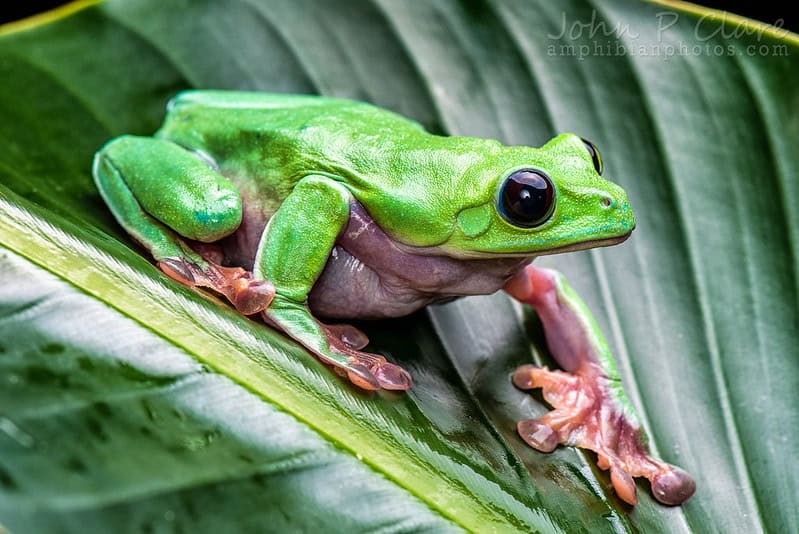
Native to Central America, the Black-eyed Tree Frog is recognized by its striking black eyes and bright green body. Inhabiting tropical rainforests, it feeds on insects and other small invertebrates. Rapidly disappearing due to human activities, its habitat loss and disease have made it endangered. Its striking appearance makes it a favorite among frog enthusiasts.
Beddome’s Toad (Duttaphrynus beddomei)
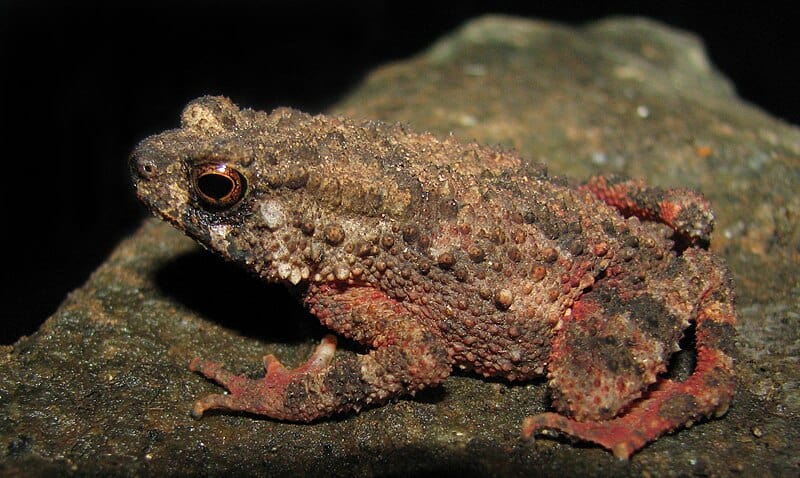
Endemic to the Western Ghats of India, Beddome’s Toad is a small, rare amphibian with a restricted range. Its appearance is characterized by a small, brownish body. Feeding on insects and other small invertebrates, it is endangered due to habitat loss and fragmentation from agricultural expansion. Named after British naturalist Richard Henry Beddome, who discovered it in the 19th century, conservation efforts are being made to protect its remaining habitats.
Fanged Frog (Limnonectes larvaepartus)
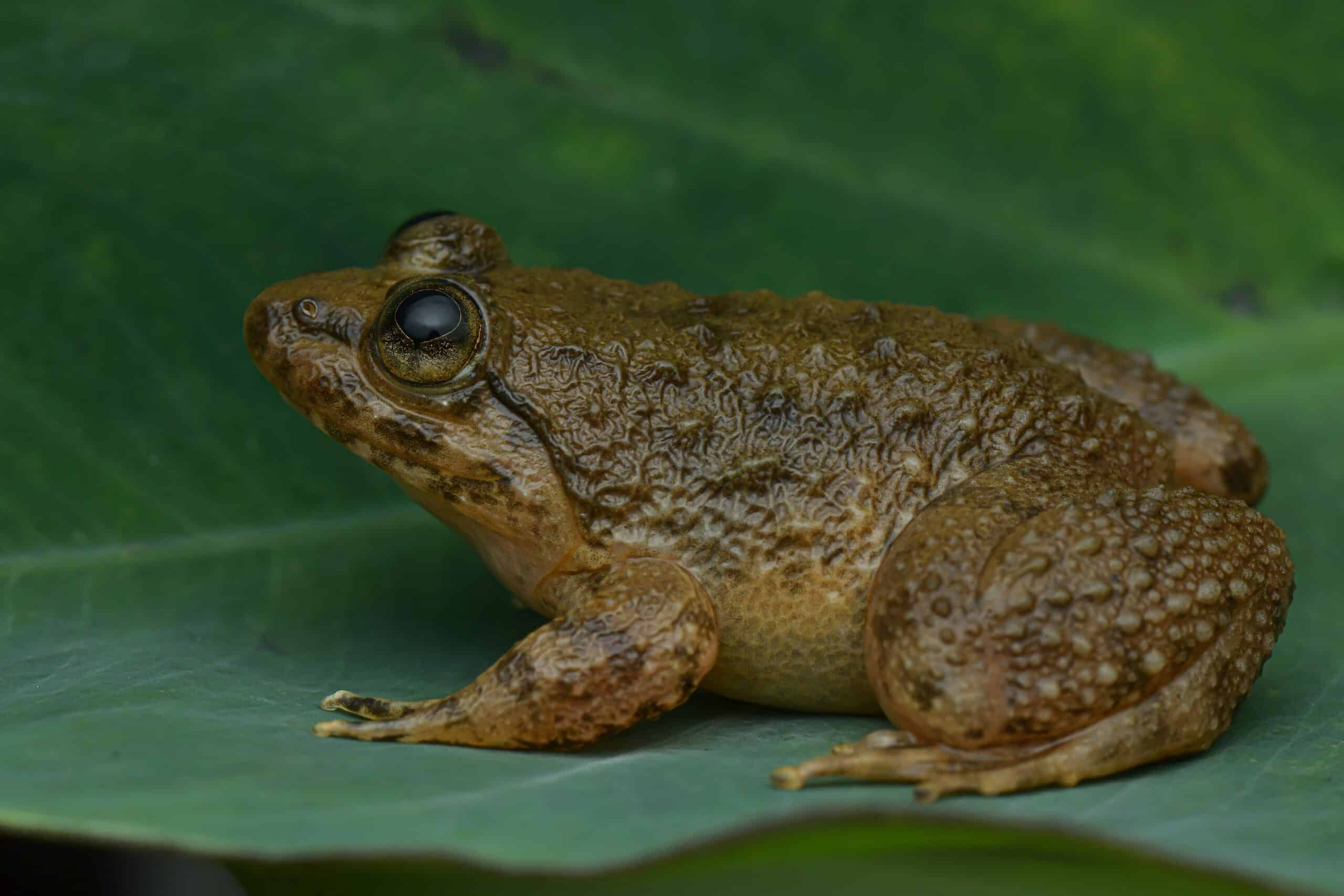
The Fanged Frog, found in Sulawesi, Indonesia, is unique for its reproductive strategy, giving birth to tadpoles rather than laying eggs. This rare frog faces threats from habitat destruction and pollution. With a brownish appearance and distinctive pair of fangs on its lower jaw, it feeds on insects and other small invertebrates. Conservation programs are essential to ensure its survival, as it is now considered vulnerable.
This article originally appeared on Rarest.org.
More From Rarest.Org
1992 Walking Liberty Silver Dollar Value Guide

The US Mint started to produce the American Silver Eagle dollar in 1986, and the 1992 silver dollar is just one of the issued series. As the official silver bullion coin of the US, the 1992 silver dollar is among the popular coins among collectors. Read more.


